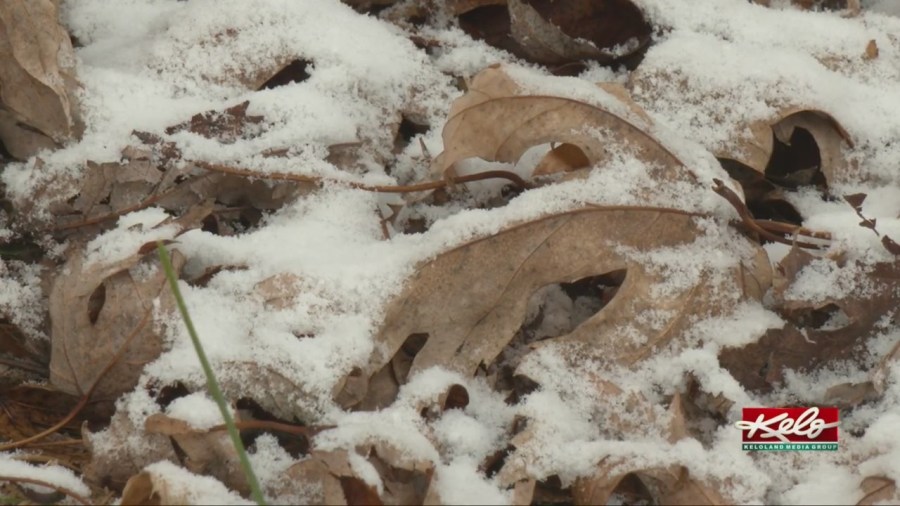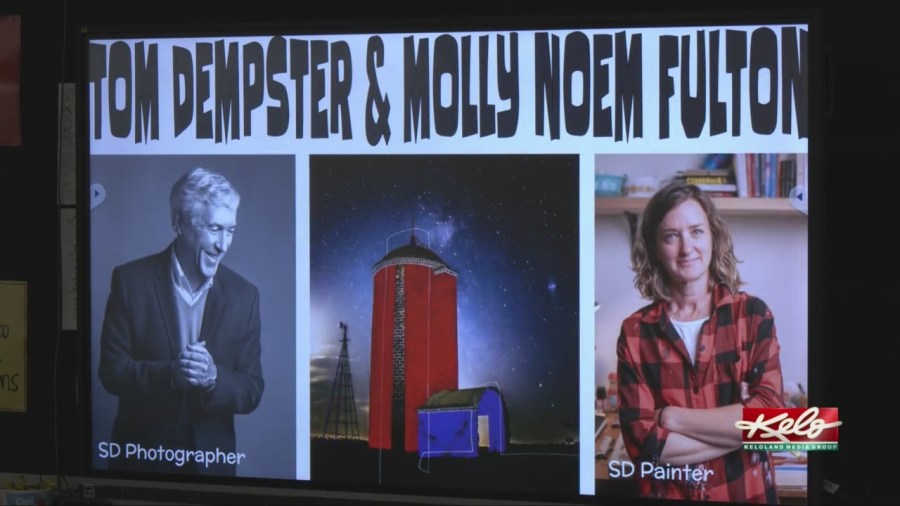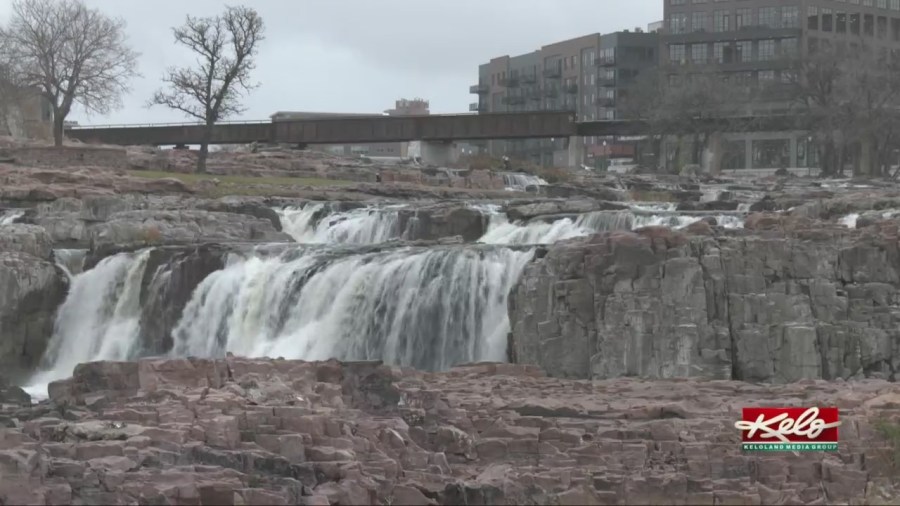SIOUX FALLS, S.D. (KELO) — KELOLAND Meteorologist Scot Mundt said the state could be in store for what he called a “bookend” winter snowfall total.
In Mundt’s annual KELOLAND Doppler Winter Special, he said wouldn’t be surprised if the winter snow season started with heavier than average snowfall for November and December.
In a KELOLAND News interview on Monday, Mundt said the season could end with above average snow in March and even into April.
Overall, Mundt predicted about a total snowfall of the low to mid-30 inches for the central and eastern part of the state. That’s below the seasonal average.
Mundt said he doesn’t usually predict many seasons with below average snowfall but he expects that this year, especially in central and eastern South Dakota.
The western part of the state will have slightly above average snowfall for Rapid City with 47 inches. That goes against the dry conditions in that section as of Monday.
“While the summer started with flooding in southeast KELOLAND, the dry conditions quickly returned not only in the summer but continued through the fall. Both played a role in my thinking for this season’s outlook as well as the slow turn to La Nina during the winter months,”: Mundt said for the Doppler special.
In a KELOLAND Living interview, Mundt said looking at weather patterns is an important part of predicting snowfall. He also reviews previous years’ snowfall amounts along with the weather patterns in the fall and prior to the fall.
Some below or above snowfall totals aren’t too far of the average snowfall since 1950, for example, Mundt predicts 30.5 inches for Pierre and since 1950, the snowfall average has been 32.7 inches. The 47 inches for Rapid City is roughly two inches below the 49.2 inches.
Mundt has predict 32.4 inches for Sioux Falls and 30.1 inches for Aberdeen, 30.5 inches for Pierre and 47 inches for Rapid City. The average winter snowfall since 1950 for Sioux Falls is 42.1 inches. The average is 38 inches for Aberdeen and 32.7 inches for Pierre.
Mundt has been predicting snowfalls for KELOLAND for more than 20 years.
“The first time I did it I was (100%) right for 2003-2004,” Mundt said with a laugh on Monday. He isn’t guaranteeing 100% accuracy with this winter’s forecast but said there is 25% of of snow amounts being above his predictions. So he’s on pace for being 75% accurate, he said.
The snowfall amounts will help with the dry conditions across the state. “Hopefully we get this rain,” Mundt said on Monday of rain predictions for the week.
And the winter could include more rain in the late fall and early winter before the snow starts and rain after the snow fall in late winter, Mundt said on Monday.
Mundt prefers to call it the snow season instead of winter because snow can start in October and continue through April in South Dakota, he said on KELOLAND Living.
Mundt said on Monday that he enjoys the challenge of predicting each winter’s snowfall totals.
“I don’t keep track of how many where I’m right or I’m wrong,” Mundt said on Monday. “I start every year with a clean slate.”
The state has had some above average temperatures this fall and Mundt expects some similar temperatures this winter.
“With the prediction of less snow than average, I expect more above average temperature trends than below average trends for the winter months,” Mundt said in the Doppler special.







